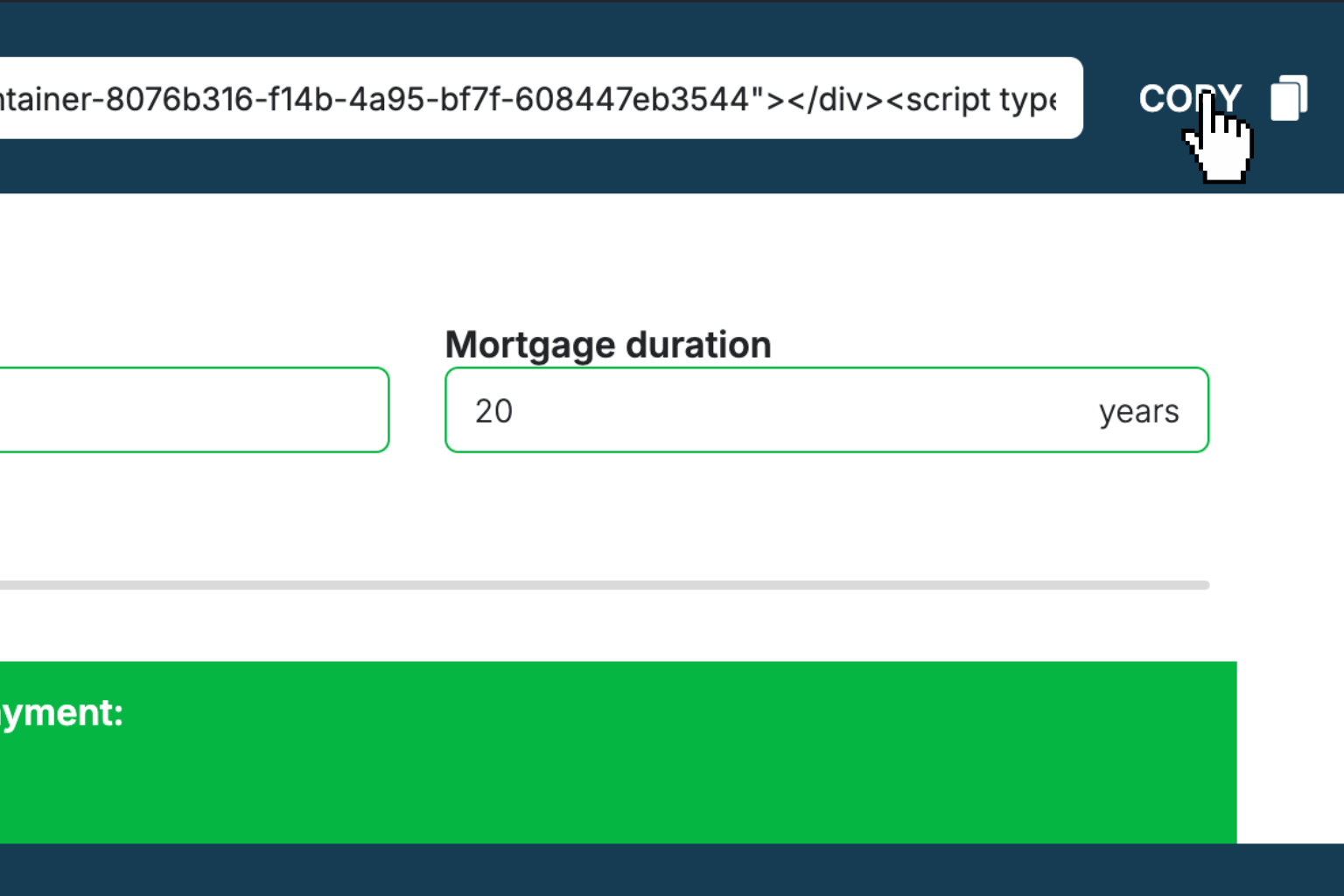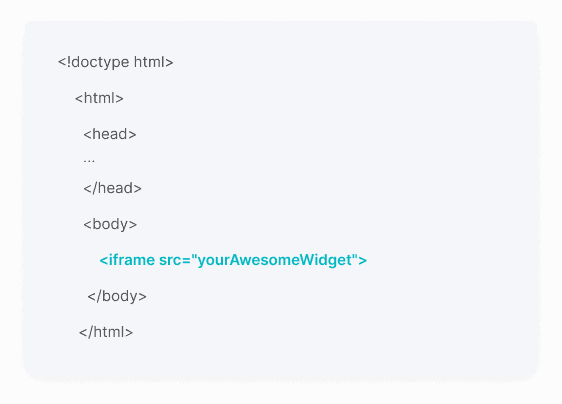Cost Basis (Stock Average) Calculator
Calculate your average stock purchase price and profit potential across multiple buys at different price points.How Cost Basis (Stock Average) Calculator Works
This calculator helps investors track their weighted average cost per share when they've made multiple stock purchases at different prices. It's particularly useful for dollar-cost averaging strategies, where you regularly invest a fixed amount regardless of the stock price.
The calculator determines your cost basis by adding up all your investments and dividing by the total number of shares owned. It then shows your current profit or loss based on the latest stock price, helping you make informed decisions about when to buy more or sell.
Whether you're averaging down to lower your cost basis or simply tracking your investment performance, this tool provides a clear picture of your break-even point and potential returns.
Cost Basis (Stock Average) Calculator Formula Breakdown
Formula
Stock cost basis = (Shares 1st buy × Price 1st buy + Shares 2nd buy × Price 2nd buy + Shares 3rd buy × Price 3rd buy) ÷ Total shares owned
Stock profit = (Current stock price - Stock cost basis) × Total shares owned
Profit percentage = ((Current stock price - Stock cost basis) ÷ Stock cost basis) × 100Variables Explained
- Number of shares 1st buyThe quantity of shares purchased in your first transaction. You can find this information in your brokerage account statements or trade confirmations.
- Share price 1st buyThe price per share you paid during your first purchase, typically shown on your trade confirmation or account statement.
- Number of shares 2nd buyThe quantity of shares purchased in your second transaction. Leave blank if you only made one purchase.
- Share price 2nd buyThe price per share you paid during your second purchase. This may be different from your first purchase due to market movements.
- Number of shares 3rd buyThe quantity of shares purchased in your third transaction. Optional field for investors who made additional purchases.
- Share price 3rd buyThe price per share you paid during your third purchase. Leave blank if you only made two purchases.
- Current stock priceThe current market price of the stock, which you can find on financial websites, your brokerage app, or market data providers.
Example Calculation
Given:
- Number of shares 1st buy: 100 shares
- Share price 1st buy: $10
- Number of shares 2nd buy: 50 shares
- Share price 2nd buy: $15
- Current stock price: $20
Calculation:
Total investment: (100 × $10) + (50 × $15) = $1,000 + $750 = $1,750
Total shares owned: 100 + 50 = 150 shares
Stock cost basis: $1,750 ÷ 150 = $11.67 per share
Stock profit: ($20 - $11.67) × 150 = $1,249.50
Profit percentage: (($20 - $11.67) ÷ $11.67) × 100 = 71.43%Result:
$11.67 cost basis, $1,249.50 profit, 71.43% returnExplanation
An investor who bought 100 shares at $10 and later added 50 more shares at $15 would have an average cost basis of $11.67 per share. With the stock now trading at $20, they're sitting on a healthy 71% profit.
Tips for Using Cost Basis (Stock Average) Calculator
- 💡Keep detailed records of all stock purchases including dates, quantities, and prices - your broker statements are the most reliable source for this information.
- 💡Consider dollar-cost averaging to reduce the impact of market volatility by investing the same amount regularly regardless of stock price.
- 💡Remember that your cost basis may need adjustment for stock splits, dividends, or other corporate actions that affect share count or value.
Make Your Own Web Calculator in 3 Simple Steps
Create Interactive Calculator
Design your interactive calculator in under 5 minutes using our drag-and-drop builder.Preview & Generate Embed Code
Review your calculator and copy the embed script when you're satisfied with the results.Embed Calculator Into Your Website
Paste the code into your website's HTML. Works on WordPress, Shopify, Wix, and any platform. EugenCreator of Creative Widgets
EugenCreator of Creative Widgets“After 10+ years in digital marketing, I’ve built calculators that drove thousands of new leads for clients. I realized one thing: calculators convert. They're killer for CRO and great for SEO. That's why I built Creative Widgets—an easy, no-code calculator builder. ”
It's free. Try it out. You'll like it.




